

NICE
|
Its history as a major tourist resort began around the 5th century BC when the Greeks of Massilia (Marseille) established the "modern" city of Nicaea ("Nikaia") adding the Vieux Port, a haven for exotic ferries and yachts. The Romans added extensive baths on Cimiez. |
|||||
The cit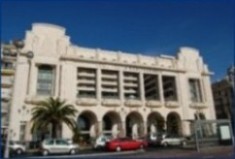 y
became a part of France in 1860. In the 20th century, Nice along with the
French Riviera became a popular summer spot for many Parisian artists and
elites, as well as, Europe’s rich and powerful. The Promenade des Anglais,
the grand boulevard that stretches about 7 km around the Baie des Anges, saw
the construction of several elegant, deluxe hotels and casinos. Today, it is
Nice’s biggest tourist attraction featuring summer days with busy sea
watchers, sunbathers, joggers and roller skaters, and an energetic nightlife. y
became a part of France in 1860. In the 20th century, Nice along with the
French Riviera became a popular summer spot for many Parisian artists and
elites, as well as, Europe’s rich and powerful. The Promenade des Anglais,
the grand boulevard that stretches about 7 km around the Baie des Anges, saw
the construction of several elegant, deluxe hotels and casinos. Today, it is
Nice’s biggest tourist attraction featuring summer days with busy sea
watchers, sunbathers, joggers and roller skaters, and an energetic nightlife.
Nice is a cultural
metropolis for dining, shopping, sunbathing and swimming, movies, theatres,
opera, and museums. There are the Chagall and Matisse museums and a vast new
modern art museum. The Archeology museum, Matisse museum, the Franciscan
Museum and Monastery are located on the Cimiez grounds on a hill just
outside the centre. Cimiez is also the location for the August Jazz Festival
with music until midnight every night from three stages, in the large park
amidst olive groves and the Roman Amphitheatre. |
|||||
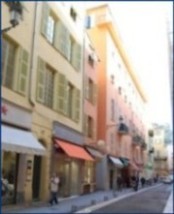 The
city retains its medieval heritage in the historic centre or "vieille ville",
with its narrow curving streets between old buildings with closely-packed
red-tiled roofs. Its streets are packed with shops, small restaurants, food,
clothes, and gift stores. The Rue de France that runs from the end of the
Place Massena, is the main pedestrian shopping street, with several shops,
exclusive clothing boutiques, and restaurants and cafés with outdoor
terraces. The
city retains its medieval heritage in the historic centre or "vieille ville",
with its narrow curving streets between old buildings with closely-packed
red-tiled roofs. Its streets are packed with shops, small restaurants, food,
clothes, and gift stores. The Rue de France that runs from the end of the
Place Massena, is the main pedestrian shopping street, with several shops,
exclusive clothing boutiques, and restaurants and cafés with outdoor
terraces.The Cours Saleya’s famous flower market (marché aux fleurs) and food market has scores of stands displaying produce and live fowl directly from the farm. The length of the Cours Saleya is lined by the low buildings housing mostly seafood restaurants. The other side of the Cours Saleya is filled with terrace cafés, lovely old buildings and the grand Prefecture. Traditions are still alive,
especially in the folk dances and the music, such as, the famous farandole.
The local language Niçard (Nissart) is an Occitan dialect still spoken by a
minority. The local food culture includes pissaladière, socca, Stoquéfiche
or “Stockfish ", farcis niçois, and salade niçoise. |
|||||
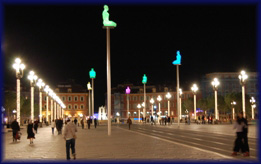 |
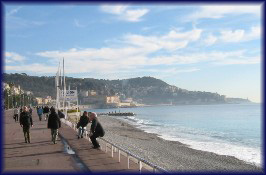 |
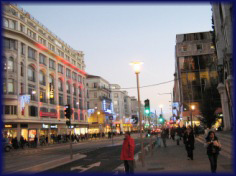 |
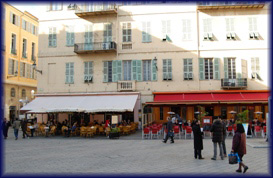 |
||
| School Facilities | |||||
|
|
|||||
| American College Credits - Bildungsurlaub - CSN - IALC | |||||
| About | Help | Countries | Social | Language | More |
|
|
|
|
|
|
|
Copyright
© 2004-16 NIK|LAS. All rights reserved.
Privacy Policy -
Site Map |